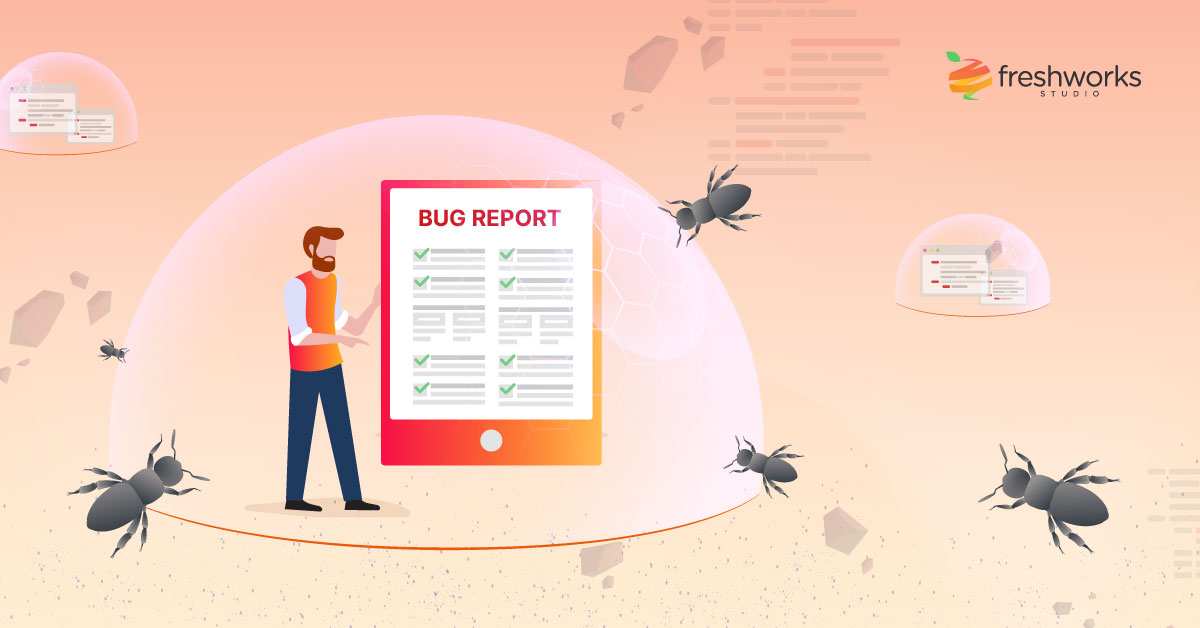July 8, 2020
Empathy: Guiding Principle for an Effective Team


Why Guiding Principles?

A while ago, we recognized the need for guiding principles at FreshWorks. Like many growing organizations, we were adding people too quickly to stay involved in all parts of day to day operations. What we wanted (needed, really) was:
a way to help codify how our people should behave, act, and make decisions.
Guiding principles presented a great way to remain effective as a team and help everyone take actions that consistently aligned with the intentions of leadership. Whenever someone came up to a challenge or uncovered a new opportunity, oversight or direct guidance would not be needed.
We communicated these principles to everyone as another piece of the foundation for a strong and healthy relationship between our team members, leadership, and the company itself. Along with our mission, vision, and values-based leadership these principles would help guide people in any circumstance. This would be regardless of changes to our goals, strategies, the type of work we performed, or the management and decision making structure.
What are Guiding Principles?
For us, these are the behaviours and skills that are valued in our fellow team members. These are effectively a yardstick to measure performance and help determine who is rewarded, promoted, or who might need to be let go.

We pinned them down as the things we care about most. The more these guiding principles sounded like you and described the people you want to work with, the more likely you were to thrive at FreshWorks Studio.
How did we choose ours?
That’s a longer story, I’ll look to explore it another time. Or you can reach out and I’ll be happy to share some of our work on the process we used to settle on them. For now, here are the 5 guiding principles for an effective team that we chose:
- Leadership
- Engagement
- Communication
- Empathy
- Loyalty
Today, I’d like to explore Empathy as a guiding principle, which deserves some attention given the state of the world right now in July 2020.

Guiding Principles in Action
In the interest of helping everyone feel and be successful, I wanted it to be as easy as possible for people to internalize what demonstrating empathy looks like in the context of our team and the work we do. What I’ll share below is part of our internal write up that we created for our team to help illustrate what our guiding principles look like in action.
Put Yourself in Someone Else’s Shoes
Empathy is the ability to understand and share the emotions of another person. An empathetic person sees the burden of another and feels that weight as though it was their own. At FreshWorks we share in each other’s success and joy along with each other’s failure and each other’s workload. When you see someone struggling, compassion can help you feel pity, but empathy will let you imagine you ARE that person. How would you want someone to react to your struggle? Ignore it, ask how they can help, or provide encouraging words?
With more people around it’s easier to diffuse responsibility. If you drive past a car with hazard lights flashing on a crowded street are you likely to stop? What about that same car on a deserted logging road? If you fail to offer empathy and genuine care, that fails not only the other person but also yourself. Empathy will help you build connections with the people you work with and rely on, and it makes everyone feel heard, validated, and respected. Plus, social capital is like any other type of capital; make deposits when you can and the account will always have enough to withdraw from in times of need.
Understand our team, and we understand the challenges ahead.
What does EMPATHY look like at FreshWorks?
- You listen intently, paraphrase what you heard to demonstrate understanding and indicate in your response how you feel or want to behave.
- You regularly share not only thoughts and opinions but your feelings as well in order to open up your inner landscape and help people understand you.
- You practice mindfulness and pay attention to your surroundings including the feelings, expressions, and actions of the people around you.
- You do not make snap judgments about others when meeting or interacting with them; this is part of your efforts to discover commonalities between yourself and others.
- You offer help and volunteer.
- You are curious about and interested in the people you interact with; you make efforts to understand their life, what’s important to them, and what motivates them.
- You challenge your own prejudice including your biases and assumptions; this enables you to show respect to people as individuals and not judge them as members of a group.

What do you think?
What are your guiding principles for an effective team? Do you have any suggestions for how this could be improved? There are countless ways to practice empathy at every opportunity, and not everything here will resonate with every person. My intention was to create a considerate and non-dictionary description, since we hoped to have 85+ diverse people at FreshWorks see how empathy could play a role in what they do every day.
There are a lot of ways these guiding principles have been incorporated into our organization over the past couple years, and I’ll hope to explore some of those in the future.




You must be logged in to post a comment.